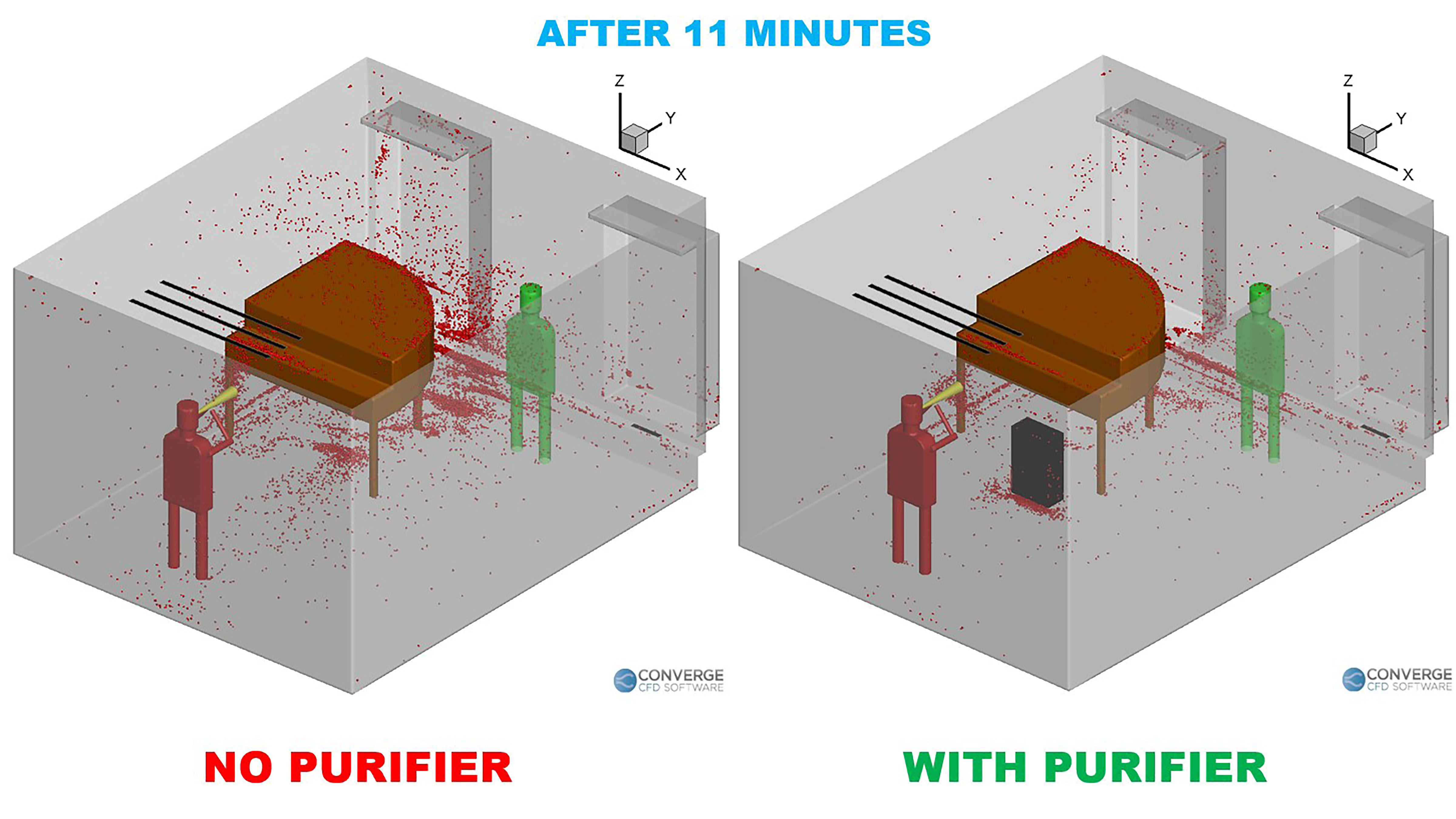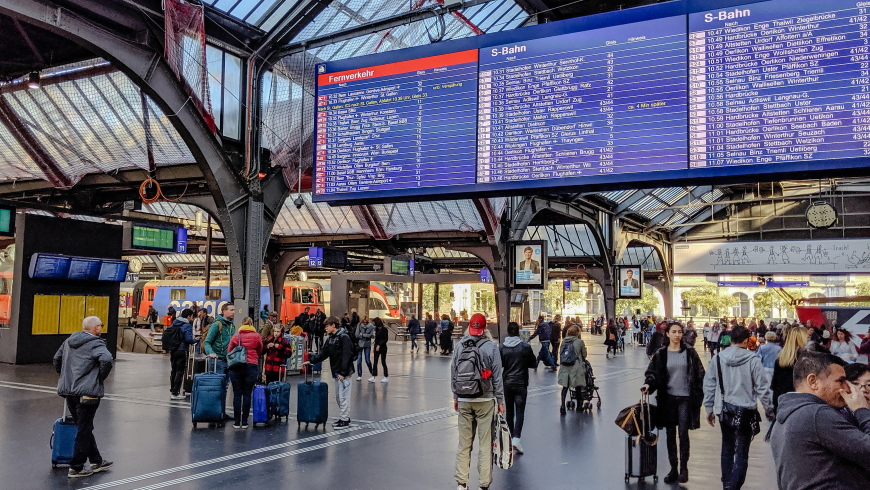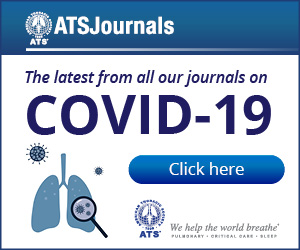Researchers recently modeled the transmission of COVID-19 within an isolation room at the Royal Brompton Hospital in London, U.K. Their goal was to explore the optimal room layout to reduce the risk of infection for health care staff. To accomplish this, they used an adaptive mesh finite-element computational fluid dynamics model to simulate 3D spatial distribution of the virus within the room — based on data collected from the room during a COVID-19 patient’s stay. They share their findings and guidance in Physics of Fluids.
Tag: Ventilation
Expert available to discuss heat waves and effects on buildings
Ulrike Passe, professor of architecture at Iowa State University, is available to talk about her research of energy-efficient buildings, natural ventilation and sustainable design. Passe co-authored a study in which she and her colleagues developed a model to test how…
Improving air quality, health screenings, and public health messaging—research points to better strategies for managing future epidemics
Improving air quality, health screenings, and public health messaging—research points to better strategies for managing future epidemics
Research News Tip Sheet: Story Ideas from Johns Hopkins Medicine
During the COVID-19 pandemic, Johns Hopkins Medicine Media Relations is focused on disseminating current, accurate and useful information to the public via the media. As part of that effort, we are distributing our “COVID-19 Tip Sheet: Story Ideas from Johns Hopkins” every other Wednesday.
Flushing a Public Toilet? Don’t Linger, Because Aerosolized Droplets Do
Because COVID-19 has been detected in urine and stool samples, public restrooms can be cause for concern. Researchers measured droplets generated from flushing a toilet and a urinal in a public restroom and found a substantial increase in the measured aerosol levels in the ambient environment with the total number of droplets generated in each flushing test ranging up to the tens of thousands. Due to their small size, these droplets can remain suspended for a long time.

Strategic Air Purifier Placement Reduces Virus Spread Within Music Classrooms
The University of Minnesota School of Music was concerned about one-on-one teaching during the COVID-19 pandemic and wondered if it should supplement its ventilation system with portable HEPA air purifiers. So, school officials reached out to Suo Yang, a professor within the College of Science and Engineering, and his team to figure it out. In Physics of Fluids, Yang and the researchers describe their work to predict how virus particles spread within a music classroom.

Air Purifiers May Do More Harm Than Good in Confined Spaces with Airborne Viruses
The positions of air inlets and outlets in confined spaces, such as elevators, greatly affect airborne virus transmission. In Physics of Fluids, researchers show air purifiers may actually increase the spread. They use ultraviolet radiation to kill viruses and other microbes, but they also circulate air, sucking it in and exhausting cleaned air. This adds to overall circulation.

Over the holidays, replacing the furnace filter could help protect people from COVID-19 indoors
Dr. Yang Wang, assistant professor of environmental engineering at Missouri University of Science and Technology, advises homeowners to replace their furnace filter to help protect families from COVID-19 over the holidays.

COVID-19 and the Challenging Acute Respiratory Distress Syndrome (ARDS)
Joe G. N. “Skip” Garcia, MD, an academic pulmonary physician-scientist describes a complication in COVID-19.

A new biosensor for the COVID-19 virus
A team of researchers from Empa, ETH Zurich and Zurich University Hospital has succeeded in developing a novel sensor for detecting the new coronavirus. In future it could be used to measure the concentration of the virus in the environment – for example in places where there are many people or in hospital ventilation systems.
Continued CO2 Emissions Will Impair Cognition
New CU Boulder research finds that an anticipated rise in carbon dioxide concentrations in our indoor living and working spaces by the year 2100 could lead to impaired human cognition.

Wuhan Study is First to Describe How Body Positioning Can Improve Breathing in Severe COVID-19 Patients Requiring Ventilation
In a new study of patients with severe COVID-19 (SARS-CoV-2) hospitalized on ventilators, researchers found that lying face down was better for the lungs. The research letter was published online in the American Thoracic Society’s American Journal of Respiratory and Critical Care Medicine.